Leaf type: Linear (broad), ovate-lanceolate, smooth-margined or slightly toothed
Phyllotaxis: Opposite
Colour: Green, turquoise green
Life cycle: Perennial
Leaf (upper side)

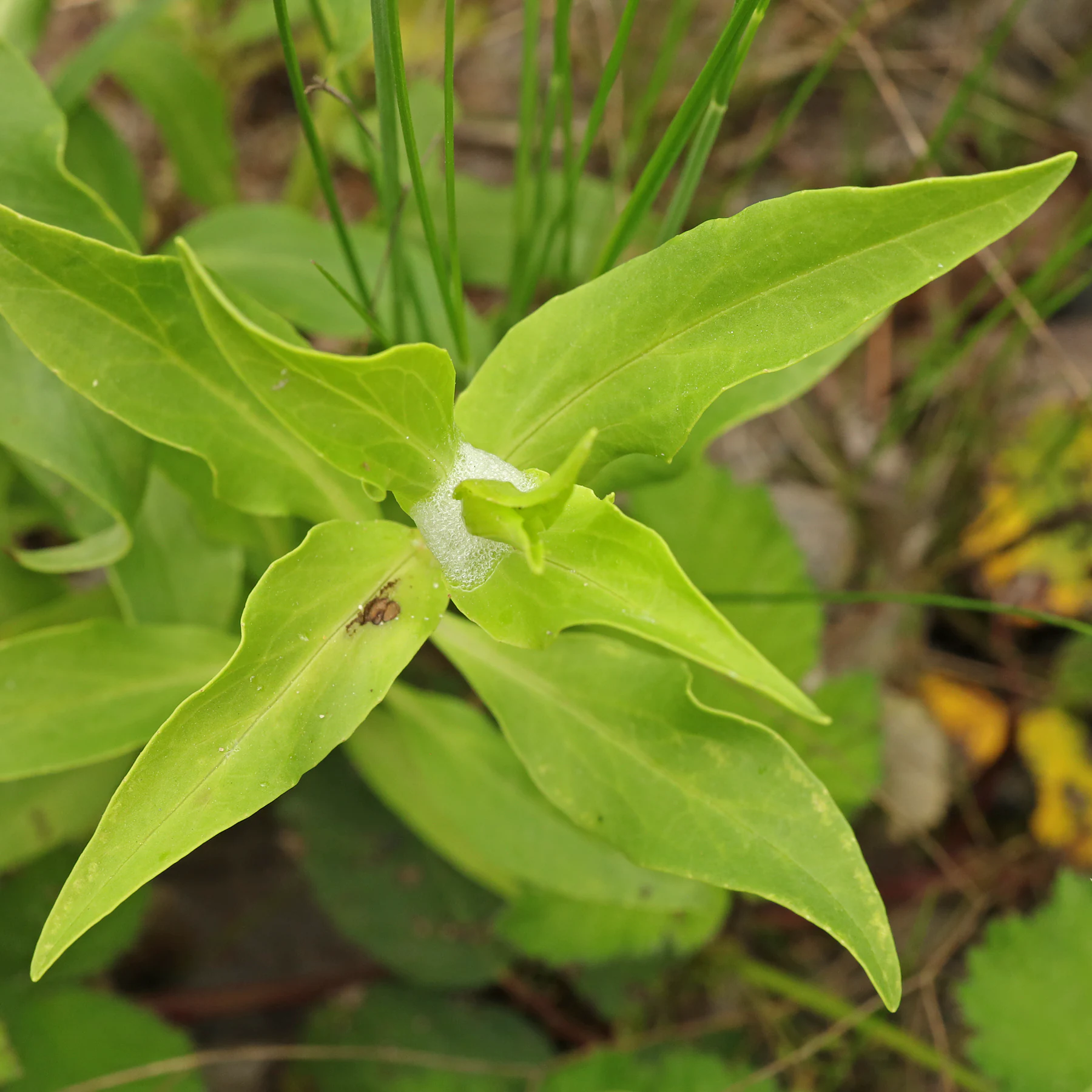
Habitus & biology

Valeriana rubra is a perennial deciduous herbaceous plant that can be up to 70 centimetres in height and flowers in Central Europe from May to September.
The blooms can be red, pink or white in colour.
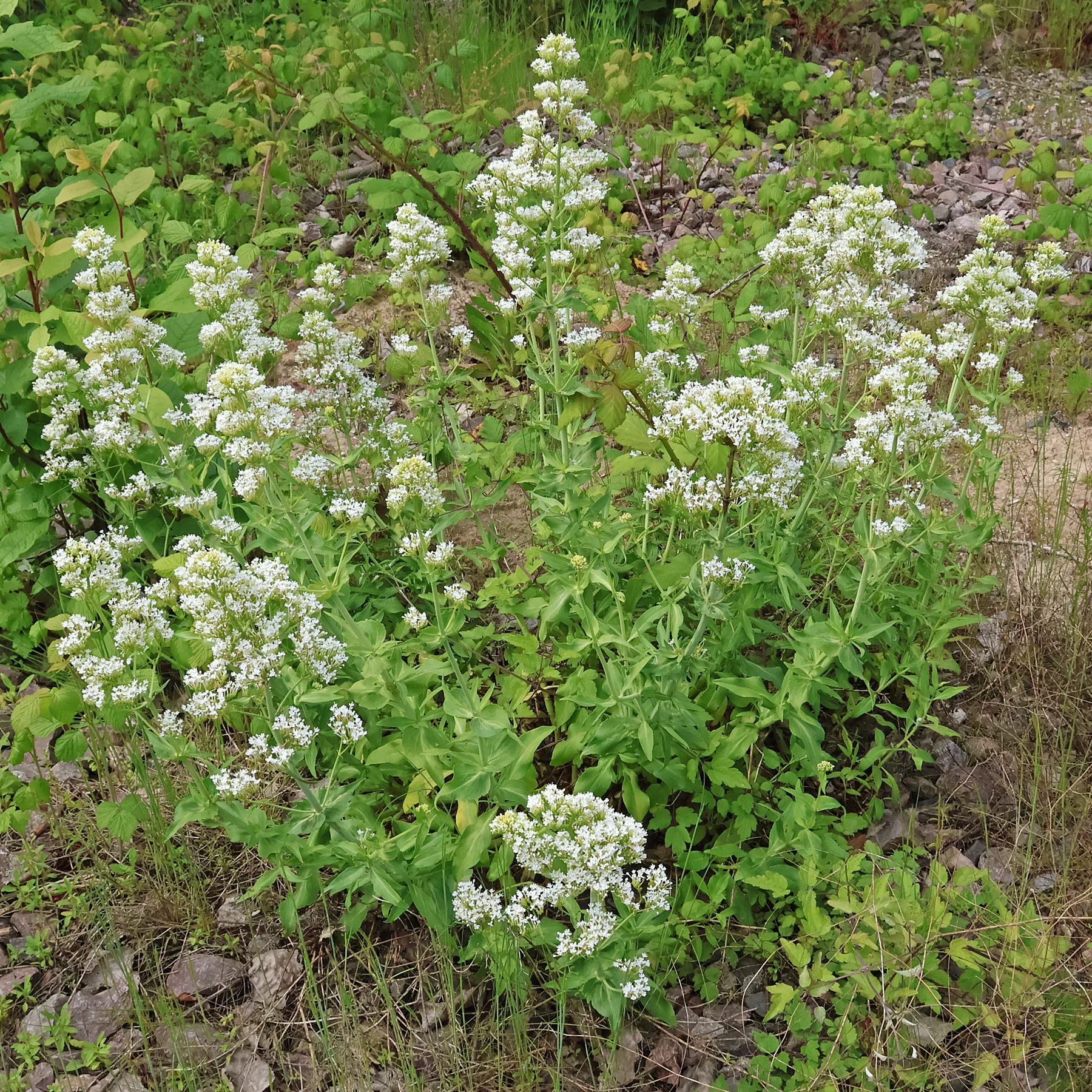
Distribution & habitates

The native distribution area is in southern Europe, south-west Europe and North Africa. As an ornamental plant, Valeriana rubra has also found its way into other regions (source). In Central Europe, it can be seen growing wild out of gardens.
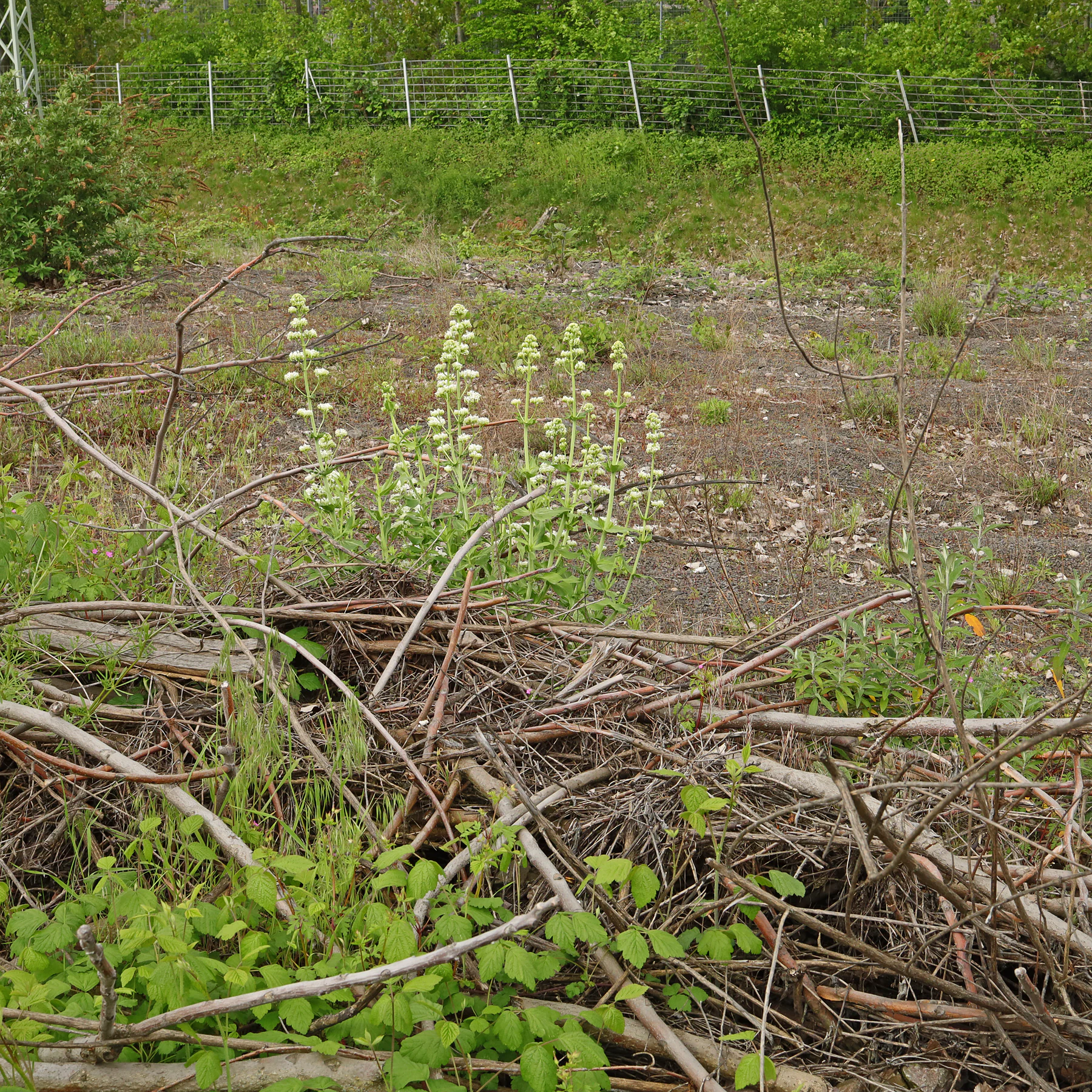
Red valerian grows along roadsides, on embankments and rubble heaps, in front of houses and walls. It is used for planting on traffic islands.
Botany
Valeriana rubra belongs to the Valerianoideae subfamily within the honeysuckle family (Caprifoliaceae). There seems to be no consensus among botanical experts as to whether it should be assigned to the genus Centranthus, as Centranthus ruber (source).
Red valerian is also known as spur valerian, kiss-me-quick, fox’s brush, devil’s beard, Jupiter’s beard and valériane rouge in France, where it occurs naturally.
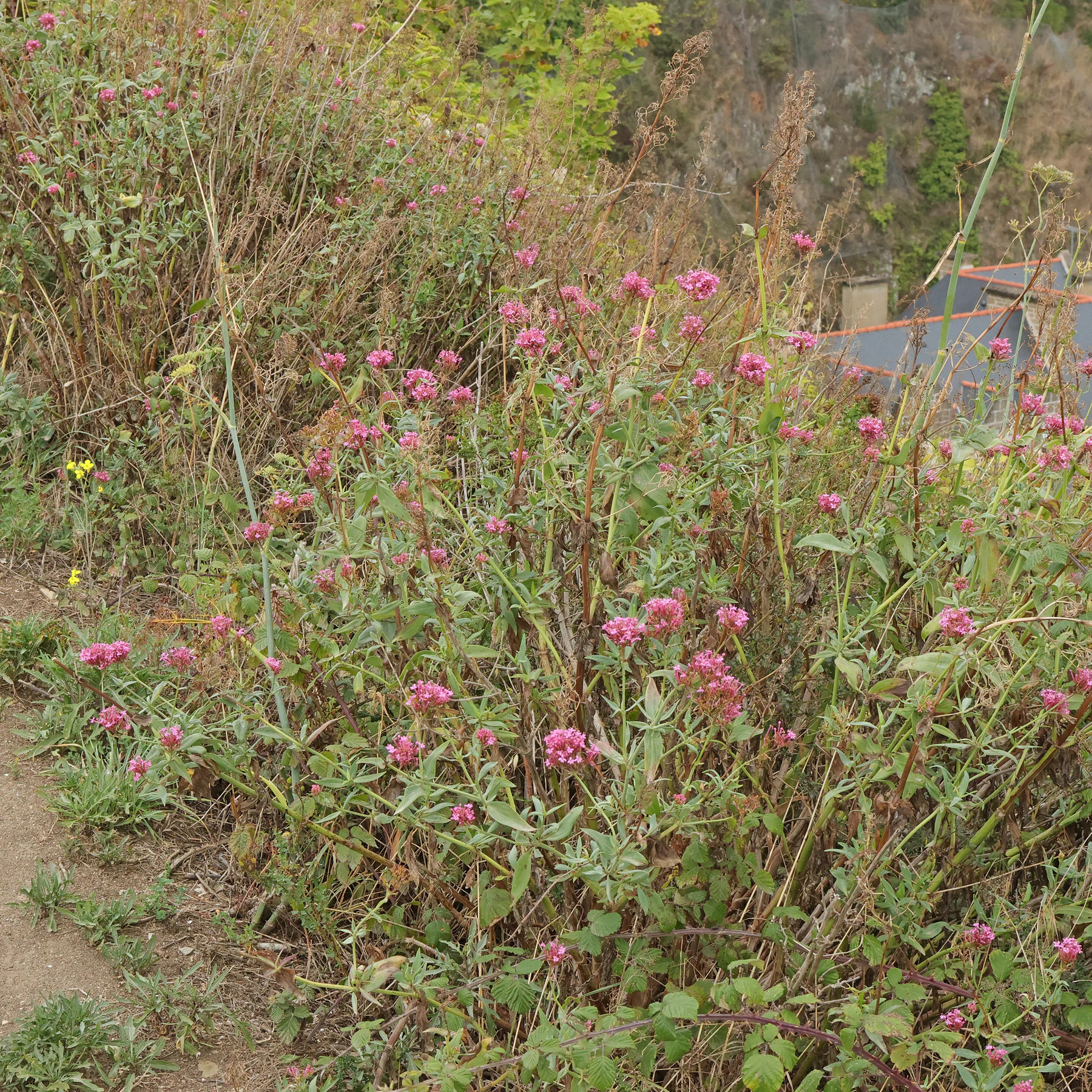

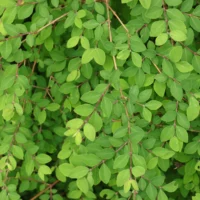 Symphoricarpos × doorenbosii (snowberry)
Symphoricarpos × doorenbosii (snowberry) 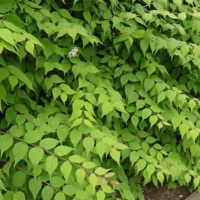 Kolkwitzia amabilis (beauty bush)
Kolkwitzia amabilis (beauty bush) 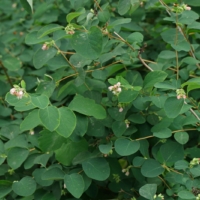 Symphoricarpos albus (common snowberry)
Symphoricarpos albus (common snowberry) 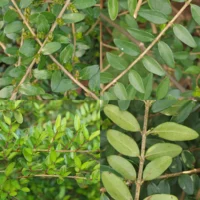 Lonicera ligustrina (boxleaf honeysuckle)
Lonicera ligustrina (boxleaf honeysuckle)